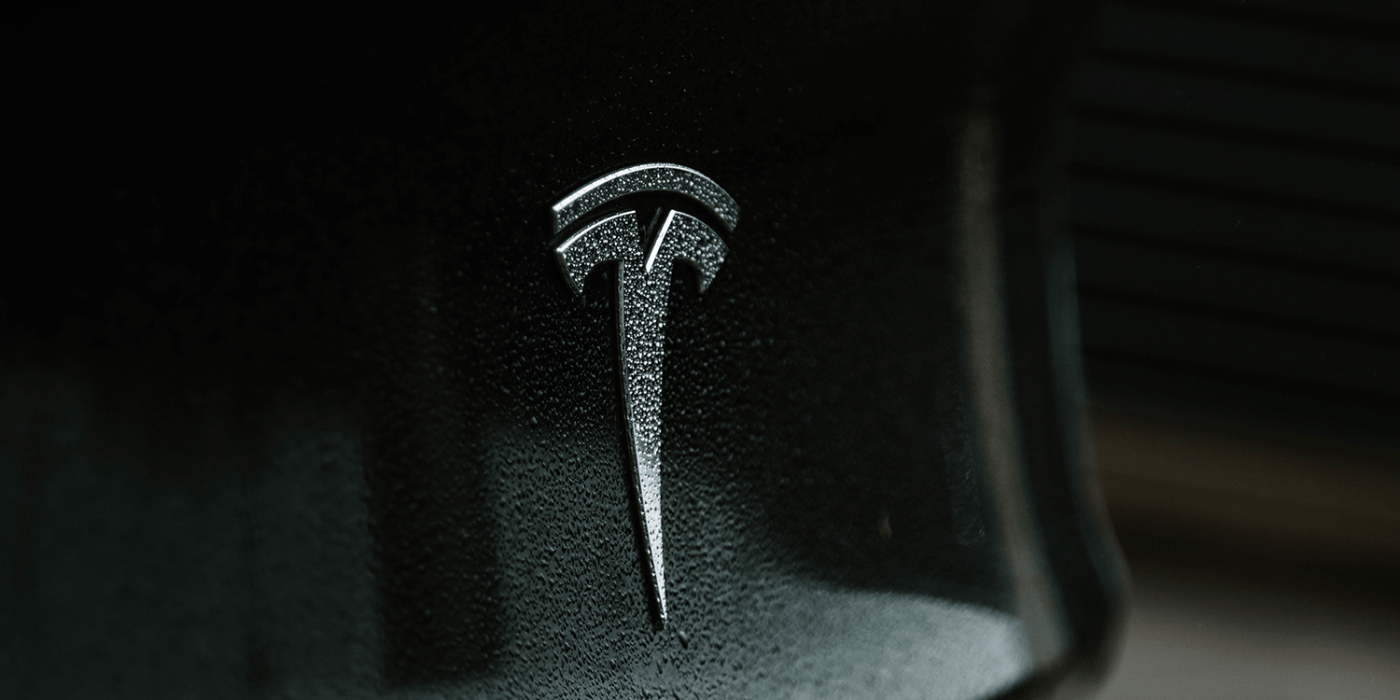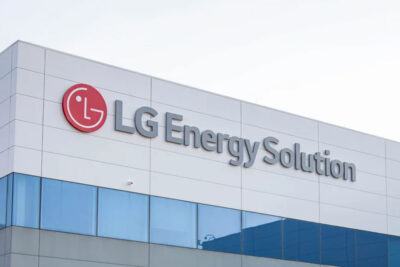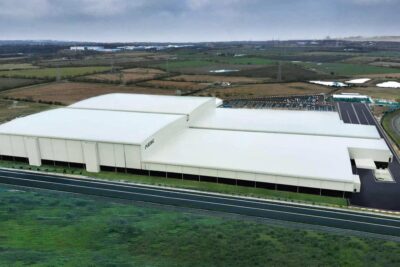Tesla Giga Berlin subject to next phase of bureacracy
In Germany, after Tesla submitted the amended application documents for the Giga Berlin plant expansion to include a battery factory, the Brandenburg State Office for the Environment has now decided, as expected, that public participation will be required again due to the scope of the amendment.
The public display of the documents begins today, 18 June. Anyone has the opportunity to raise objections to the changes for the project within the one-month display period until 17 July and then for a further month until 16 August. After the end of the objection period, the approval authority will decide whether a renewed discussion of the objections raised is necessary.
Even though the objections have now been submitted for the third time, Brandenburg’s Minister of Economic Affairs, Jörg Steinbach, continues to assume that the first Tesla vehicles can be produced at the new factory in Grünheide before the end of the year – in other words, that the state’s overall approval will be issued in good time beforehand. Steinbach said earlier this month that construction is “in the final spurt.” He revealed that Tesla had hired 1,000 workers so far. That number is expected to grow to 3,000 by the time production starts, Steinbach said. After that, he said, the workforce will increase in proportion to the increase in production.
Tesla’s amended application documents include an expansion of the plant to include two more stamping lines and battery production, which is supposed to increase the depth at the plant. According to the ministry, “an additional approximately 1,180 foundation piles” will have to be installed to expand the stamping plant. The body shop, on the other hand, will be reduced to one production line. Production steps for manufacturing and painting plastic components such as bumper and rearview mirror covers will also be added.
The application also includes various measures to reduce water consumption. Despite the expansion of the plant, water consumption is still expected to be around 1.4 million cubic meters per year, as reported, and the expected volume of wastewater around 925,000 cubic meters per year. These volumes are covered by the contract with the public utility.
According to the media and some observers active on Twitter, the following information on the planned battery factory stands out in particular in the extensive amendment documents that have been public since today – the table of contents alone stretches over 31 pages: Only 50 instead of 100 GWh of initial annual capacity for the 4680 cells are now planned. According to Teslamag, the Tesla plans confirm that the company’s own cells will be produced using a dry process, i.e. energy- and water-saving. Accordingly, the foil for the anode is made of copper, that for the cathode of aluminium, the components for these are “applied as a coating to the respective substrate-coated foil.” The cell is rolled from stacks of anode, cathode and separator in between, which then goes into a metal housing with electrolyte.
The vehicle plant is now scheduled to go into operation at the end of 2021, given the ongoing regulatory review and, after a ramp-up phase, produce 500,000 electric cars annually.
Reporting by Cora Werwitzke
mluk.brandenburg.de, uvp-verbund.de (application documents, all links in German), teslamag.de, twitter.com





0 Comments